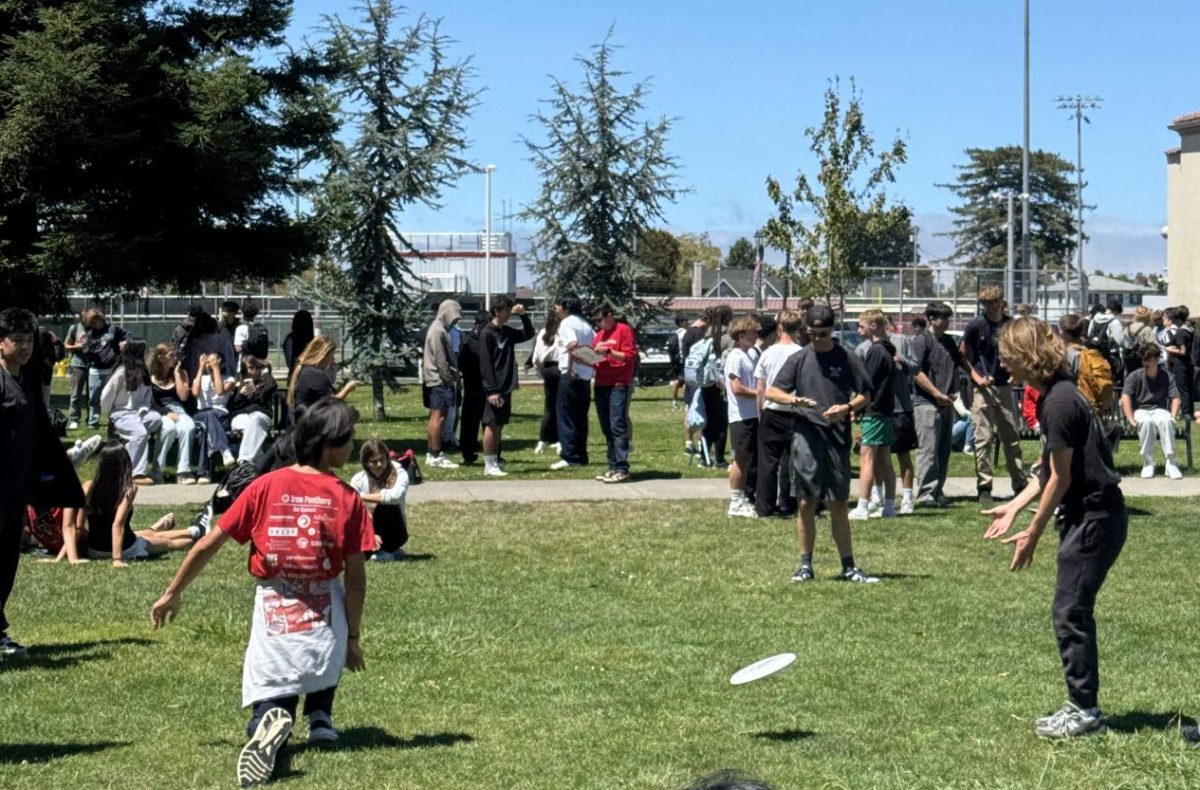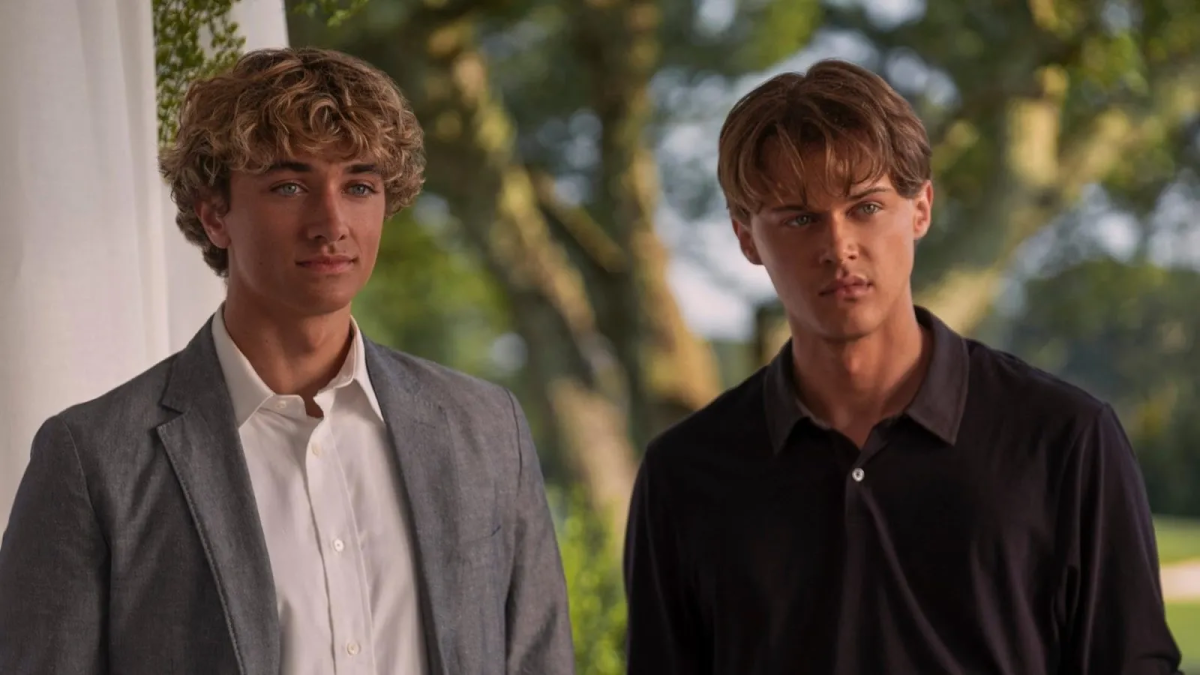Students forge on in distance learning
This January, the second full semester of distance learning begins. While pods and conditioning practices bring a portion of students back on campus, the vast majority remain at home.
January 27, 2021
When freshman Cora Haggarty pictured her freshman year at Burlingame High School (BHS), the first few months would be fast-paced and rushed, chaotic and stressful – the growing pains that come with less coddling and more responsibility. But perhaps, she thought, after the initial shock, the unfamiliar world of BHS would begin to feel comfortable and natural. Perhaps the stress could be offset —or at least tempered — by a newfound sense of confidence and fun. Perhaps, she would find a rhythm within the chaos.
But now, she’s more than halfway through her freshman year, and she hasn’t set foot on campus for anything other than a sporadic book pick-up or conditioning practice.
“It feels very odd because I still don’t view BHS as my high school,” Haggarty said. “I view it more as a high school that’s in Burlingame that I go to, but I don’t truly feel connected to [it].”
Although she may attend BHS, she doesn’t feel like she is part of the school. This discrepancy encapsulates Haggarty’s frustration with the distance learning experience.
However, as the months have drawn on, Haggarty has adjusted to the physical and psychological toll of remote learning. Although spending hours on computer screens and in Zoom breakout rooms is draining, leadership classes and clubs help ameliorate her feelings of despondence and disconnect. Learning and interacting with older students who have experienced the spirited culture of in-person learning at BHS helps to recreate some sense of community.
Haggarty hopes that the shared distance learning experience will, in the long run, strengthen the bond between the class of 2024.
“If and when we return to campus, I think that distance learning will only build a greater appreciation for being on campus with each other,” Haggarty said.
And while freshman woes may be severe, the experience of every student is tainted by the negative impacts of distance learning. Junior Journey Steinberg loves science, so a year without hands-on lab experiments and in-person group projects makes school a little more grueling.
“It’s tough for someone like me that really learns from doing stuff in groups with people, to sit in front of a computer screen to do school,” Steinberg said. “It’s hard.”
The detriments of distance learning are all too familiar to principal Paul Belzer, and he empathizes with students who yearn to return to school. More than anything, he struggles with the aura of uncertainty that encompasses almost every decision and prediction made in the pandemic.
But for now, one thing is certain to Belzer, Haggarty and Steinberg: without continued reduction of COVID-19 cases and fewer restrictions, there will be no immediate return to campus.
To Haggarty, it was a foregone conclusion. When the start of the second semester came and went with no obvious changes to the learning plan, she voiced less dismay and more acceptance of an unfortunate reality.
“I never anticipated that we would go back to school in the second semester,” Haggarty said. “I never thought that would be realistic.”
While Haggarty looks to the fall as a more realistic timetable for reopening, Belzer would optimistically hope to bring more students back on campus after spring break, whether that is for additional extracurriculars or class activities.
If San Mateo County moves to the red zone and remains there for at least two weeks, the district will implement a phased reopening. The first phase would prioritize students with special needs, the second would focus on those in other enrichment programs and the final phase would bring up to a third of students back on campus for an A/B schedule.
Steinberg yearns for any chance to return back on campus — whether for a class, a club or some other extracurricular activity.
“We need to get back, because distance learning isn’t natural,” Steinberg said. “This has never happened before. So we need to get back, for freshmen who have never been to school, for seniors living this year, for teenagers’ mental health.”
While they are frustrated and drained, both Steinberg and Haggarty voiced the importance and power of hope during this time. Haggarty remains hopeful that someday, she will step on campus and feel like she belongs at BHS. Principal Belzer is hopeful for that very same day.
“I look forward to that moment when we can begin welcoming people back,” Belzer said.















































